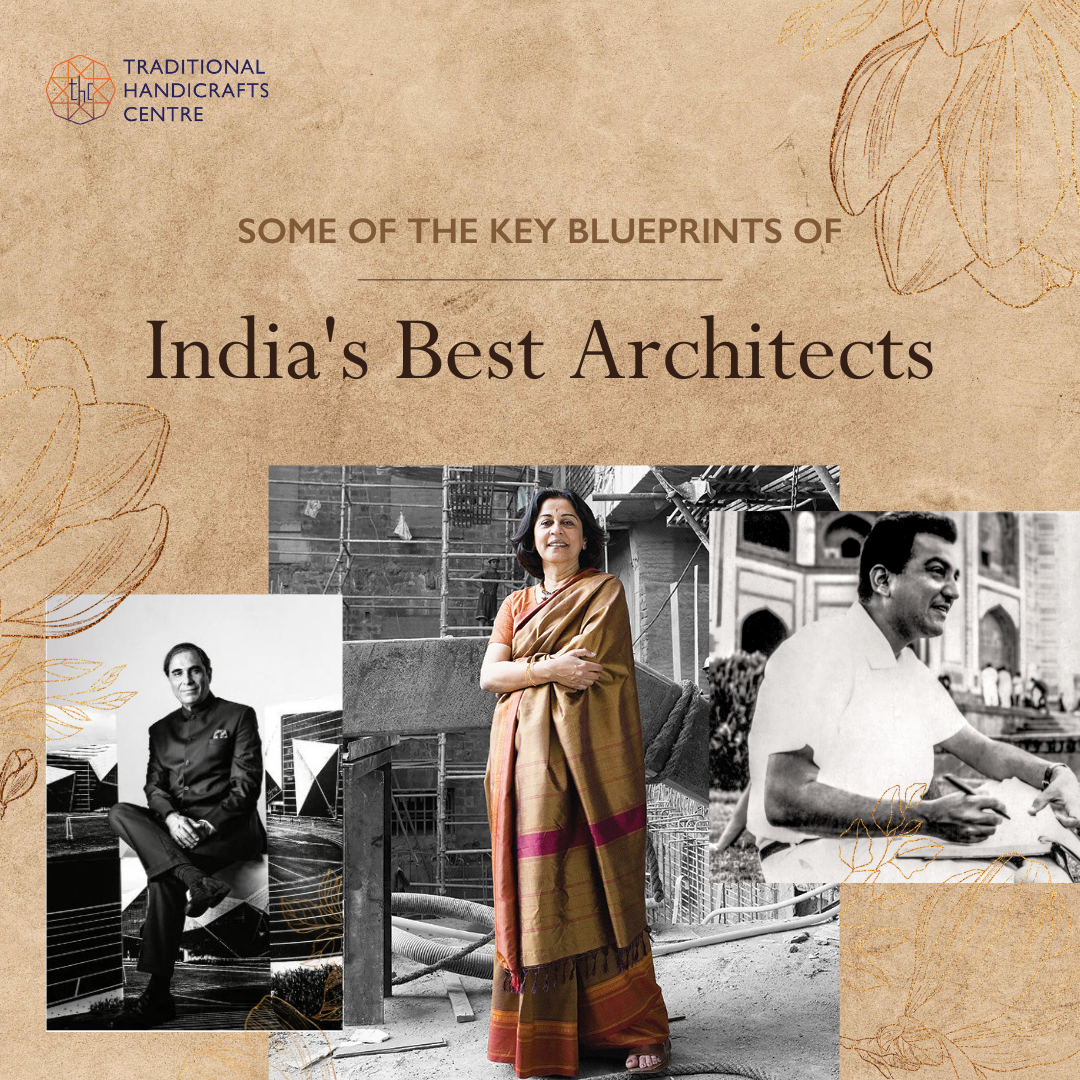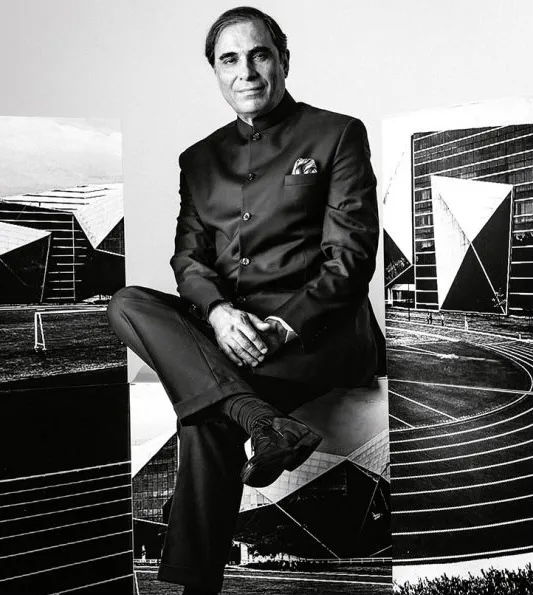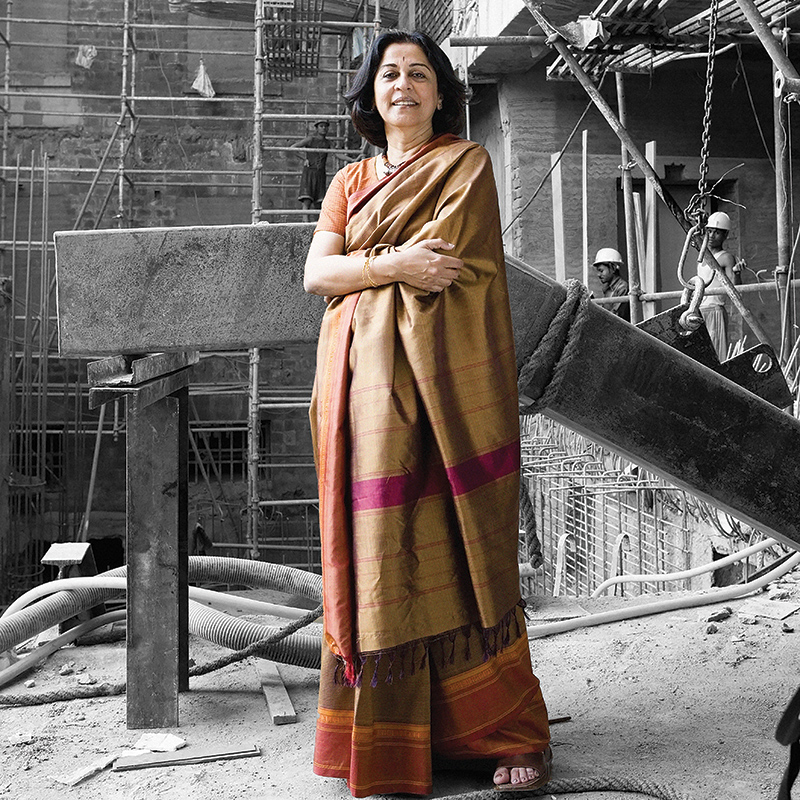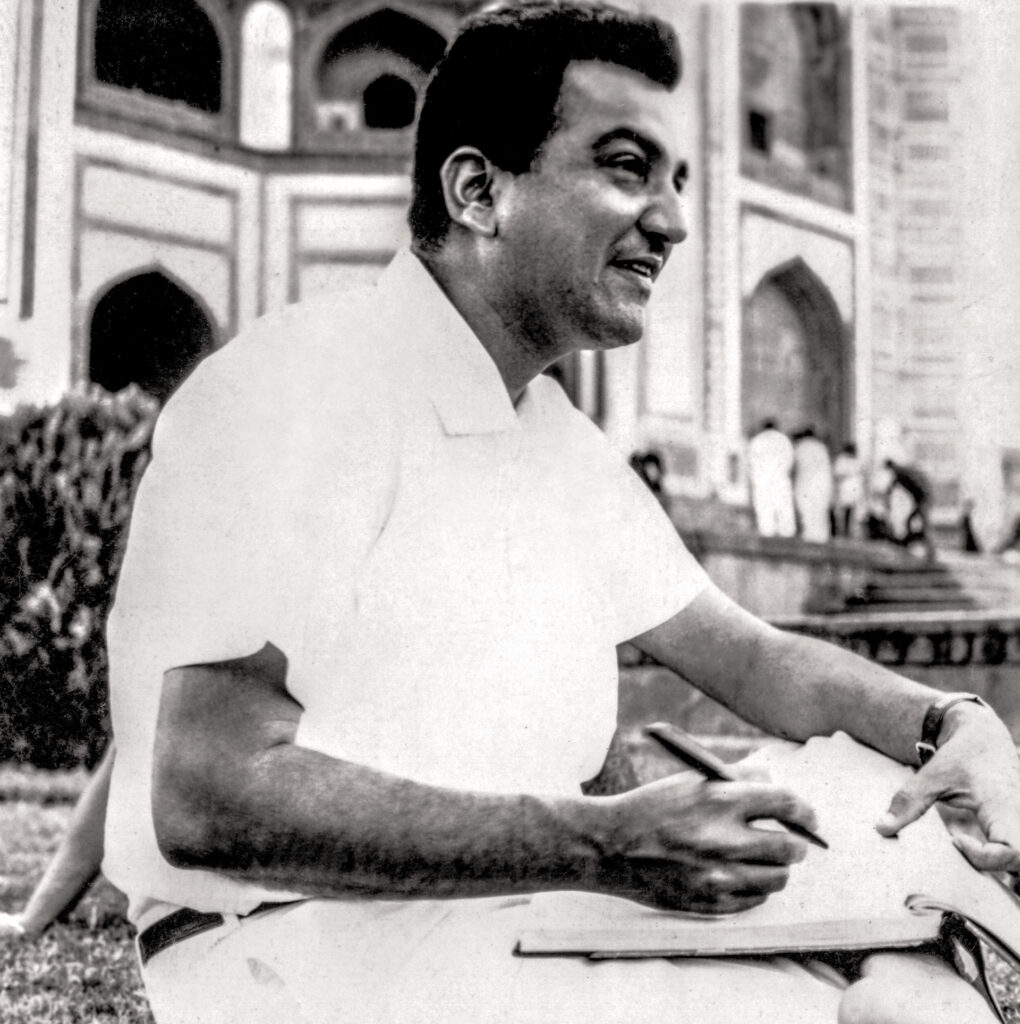
A few visionary architects, whose works neatly integrate modern and traditional aspects, have made a significant contribution to India's architectural landscape. These builders expertly combine their culture's traditions with modern requirements. Check out how these prominent architects incorporate Indian furniture, hardwood cabinets, and hand-carved ornaments into their projects.

The basic yet imaginative designs of famous architect Hafeez Contractor have the potential to significantly transform city skylines. He constructs gorgeous, functional structures that precisely capture the moment by incorporating a variety of concepts, goals, and aesthetic sensibilities.
The modern furniture used in the contractor's projects typically depicts the modern urban lifestyle while also paying homage to heritage by including durable teak wood and handcrafted pieces. Because he believes in honest architecture, each wooden table and item of Indian furniture in his designs serves a purpose and adds to the area's overall utility and aesthetic appeal.

Brinda Somaya, an architect and conservator, believes that historical and cultural settings should be preserved and conserved when designing new projects. She frequently incorporates elements of Indian architectural heritage into her work, demonstrating a thorough awareness of both natural and constructed environments.
Somaya sells a variety of products that highlight the exquisite craftsmanship of Indian artisans, such as Antique Mirrors and Wooden Cabinets. She has demonstrated her devotion to cultural preservation by using handcrafted antiques and Indian doors into her designs. Her combination of these components results in projects that celebrate both modern architecture and India's rich architectural tradition.

Hasmukh Patel is well-known for his pragmatic approach to design and played an important role in Indian architecture during independence. In order to create easily navigable settings, he emphasises pragmatism, visual delight, and functionality in his design.
Patel is well-known for developing architectural concepts with different circulation zones and the maximum amount of available space. He usually integrates wooden tables and antique mirrors into his designs to provide elegance and legacy. Patel uses Indian furniture and bulk furniture features to give his structures an aesthetically pleasant appearance, despite the fact that their designs are mostly functional.
These architects provide the best example of combining parts of traditional and modern architecture to create aesthetically beautiful and useful spaces. Principal traits include:
Teak wood is widely employed in architectural projects due to its well-known strength and durability. Its ageless appeal complements both antique and modern decor.
By including handcrafted elements such as Indian doors and wooden cabinets, any design gains a unique touch and the opportunity to highlight the skill and creativity of Indian artisans.
They give a place a sense of history and tradition while also increasing its visual appeal.
Furniture purchased in bulk remains cost-effective for large-scale projects while ensuring design and quality consistency.
Celebrated Indian architects Hasmukh Patel, Brinda Somaya, and Hafeez Contractor have developed visually stunning works that demonstrate their ability to properly combine traditional elements with modern architectural ideas. They use materials such as strong teak wood and handcrafted decorations to commemorate India's rich heritage while also building places that meet modern needs.
Traditional Handicrafts Centre (THC) aims to highlight the timeless elegance and practicality of Indian architectural conventions through our diverse collection of Indian furniture and handcrafted handicrafts.